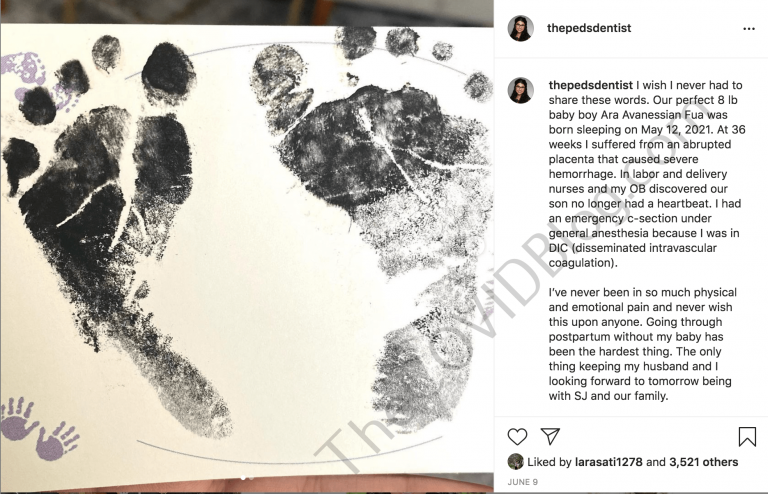Have bacteria in your urine? Hold on, it might not be UTI
09/12/2019 / By Edsel Cook

Health care providers often incorrectly diagnose their patients with urinary tract infections (UTI). They prescribe them antibiotics that may not be necessary. This wrong prescription may lead to the appearance of superbugs with antibiotic resistance.
To curb this, the Infectious Diseases Society of America (IDSA) released updated guidelines on the diagnosis of asymptomatic bacteriuria (ASB). Published in the journal Clinical Infectious Diseases, these new instructions may help prevent future misdiagnosis and avoid unnecessary antibiotic prescription.
ASB is the presence of one or more bacteria in the urine at specific concentrations but without the usual signs and symptoms associated with UTI. Pyuria — pus associated with a bacterial infection — is often absent in this condition.
Many patients have ASB. These include healthy women and patients with genitourinary tract problems that make it difficult to pee properly.
The new IDSA guidelines on ASB diagnosis and treatment for adults advises health care providers to limit screening for the bacterial infection to pregnant women and people who are getting ready for invasive operations on their urinary tract. (Related: Study: Drinking more water can reduce likelihood of UTIs.)
Using antibiotics to treat asymptomatic bacteriuria (ASB) increases the risk of bacteria developing antibiotic resistance
The old ASB guidelines did not recommend screening for or treating the disease in healthy women, older men and women, and patients with either diabetes, indwelling catheters, or injuries to their spinal cords.

It also failed to cover children and certain populations of adults. For example, the guidelines made no mention of patients with neutropenia, recipients of solid organ transplants, and people who underwent surgical procedures unrelated to their urinary tract.
In the years after the IDSA released its guidelines about ASB, the organization has obtained more details about ASB. Researchers realized that using antibiotics to treat the relatively minor condition hastened the rise of antibiotic-resistant bacteria.
Antimicrobial stewardship programs suggest that health care providers avoid prescribing antibiotics to patients with ASB. However, patients belonging to several populations with a high risk of ASB often display signs and symptoms similar to UTI.
As a result, health care providers might misdiagnose one bacterial infection for the other, inadvertently leading to increased antibiotic resistance in surviving bacteria.
Updated guidelines on ASB treatment recommend restraint when prescribing antibiotics to patients
The new 2019 guidelines on ASB screening and treatment adds new information and considerations to its 2005 predecessor. It also covers important populations that were not included in previous instructions.
For example, it established a procedure for patients with neutropenia, a deficiency in the numbers of specialized white blood cells called neutrophils. These immune cells can destroy disease-causing bacteria and fungi. Low levels of neutrophils increase the risk of bacterial infections like ASB and UTI.
The new guidelines also clarified that patients with low-risk neutropenia are not likely to develop ASB. However, for high-risk neutropenia patients who immediately use antibiotics during episodes of febrile illnesses, the guidelines noted the need for more information on ASB frequency and progression into UTI.
The 2019 guidelines also clarified the clinical identification of UTI in populations with high risk of ASB. This benefits patients with spinal cord injuries, elderly people who are 65 years or older, and other groups.
Patients with candiduria infections might wonder why the 2019 guidelines did not include them. They will need to refer to the update of the IDSA’s Clinical Practice Guidelines for the Management of Candidiasis, which got released in 2016.
In it, the IDSA left the final decision to the health care provider. For patients who don’t want to use antibiotic drugs, essential oils and other natural anti-microbials may help relieve the symptoms of ASB.
Sources include:
Submit a correction >>
Tagged Under:
antibiotic prescriptions, antibiotic resistance, antiobiotics, ASB screening guidelines, asymptomatic bacteriuria, bacterial infection, Big Pharma, harmful medicine, healthcare, immune system, Misdiagnosis, neutropenia, prescription drugs/medicine, pyuria, superbugs, urinary tract health, urinary tract infections, urinary tract problems, urine bacteria, UTI, wrong prescriptions
This article may contain statements that reflect the opinion of the author





















